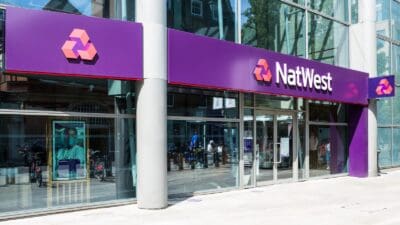How much do stock valuations matter? Should you be deterred from buying a company that has too high a valuation – or too low? And is a cheap stock intrinsically more attractive than an expensive one, or is it the other way around? Of course, it depends on the company.
Price is what you pay
Fund manager Standard Life Aberdeen (LSE: SLA) trades on a lowly valuation of just 6.7 times earnings, well below the 15 times generally seen as fair value. It has been dirt cheap for some time but remains seriously unloved by investors, falling 45% in the last 12 months, and 13% in the last week alone. Is this £5.67bn FTSE 100 firm an unmissable bargain or a value trap? Right now, the market reckons the latter.
On the other hand, intellectual property specialist RWS Holdings (LSE: RWS) trades at a pricey-looking 26.9 times earnings after rising 60% in two years. Is the £1.31bn AIM-listed stock a momentum hero or over-priced and over-rated? Here the market is optimistic, with the stock jumping 2.14% today on publication of its final results for the year to 30 September.
Should you invest £1,000 in Barclays right now?
When investing expert Mark Rogers has a stock tip, it can pay to listen. After all, the flagship Motley Fool Share Advisor newsletter he has run for nearly a decade has provided thousands of paying members with top stock recommendations from the UK and US markets. And right now, Mark thinks there are 6 standout stocks that investors should consider buying. Want to see if Barclays made the list?
Value is what you get
Investors in RWS have plenty to be happy about, with revenues up 87% to £306m and adjusted profit before tax up 43% to £61.8m. It increased its proposed final dividend by 15% to 6p, with the total dividend also up 15% to 7.5p.
Net debt jumped 222% to £65.1m, due to new loan facilities and its 2017 share placing to fund its 2017 acquisition of Moravia, which enjoyed an excellent second half that contributed to the 22% increase in adjusted earnings per share to 17.4p.
The rights stuff
With growth in sales and profits across the group, chairman Andrew Brode hailed “a remarkable year in which we celebrated our 60th year in business and delivered our 15th year of unbroken growth in revenues, profits and dividends since flotation in November 2003.”
RWS is expensive. But for that you get an acquisition-hungry company with double-digit earnings growth (35%, 31%, 22% in the last three years) and a forecast 17% growth in the year to 30 September 2019. The yield is just 1.5%, but with cover of 2.3 and this year’s 15% hike, it looks progressive. Like Peter Stephens before me, I reckon it looks like a buy despite the price.
Not your Standard Life
RWS is in a very different position to Standard Life, which has been hammered by the slump afflicting its flagship fund Global Absolute Return Strategies Fund, heavy investor net outflows, and the loss of valuable mandates from institutional investors. It is also has a split identity and is in the middle of a sticky transitional period.
Growing anxiety about the end of the 10-year bull market run has cast a shadow over its asset management business, but I still think there are good reasons to buy. First, there’s the massive forecast 9.8% dividend yield. Cover is narrow at just one, but it looks relatively safe for now.
Standard Life’s earnings are forecast to fall 33% this calendar year but should turn positive next year, rising 2%. It also looks like a buy, although this time because of the price, rather than inspite of it.







